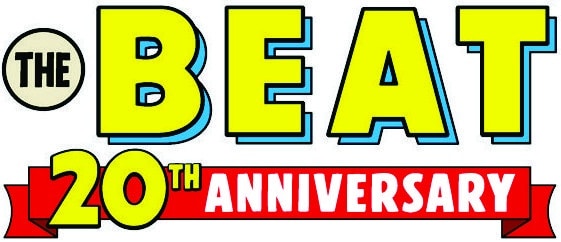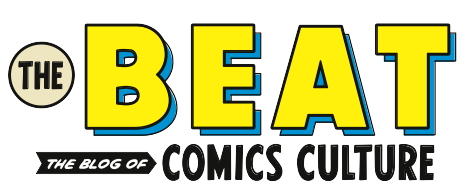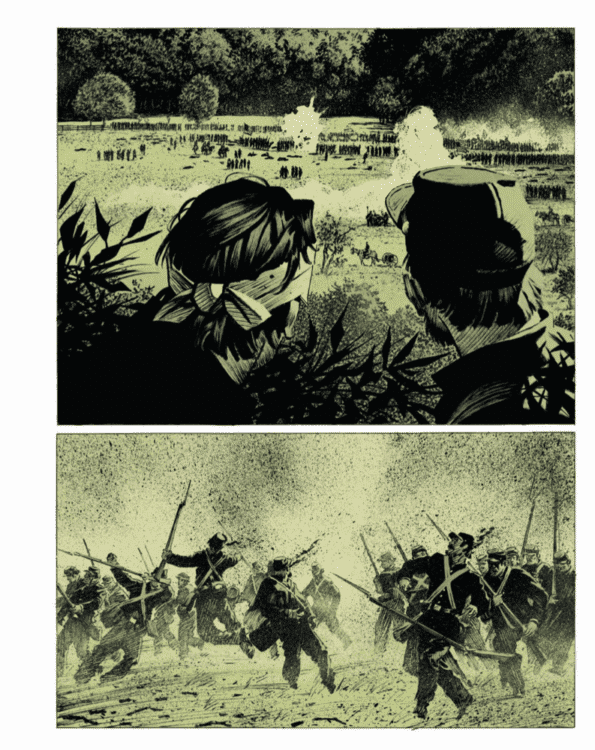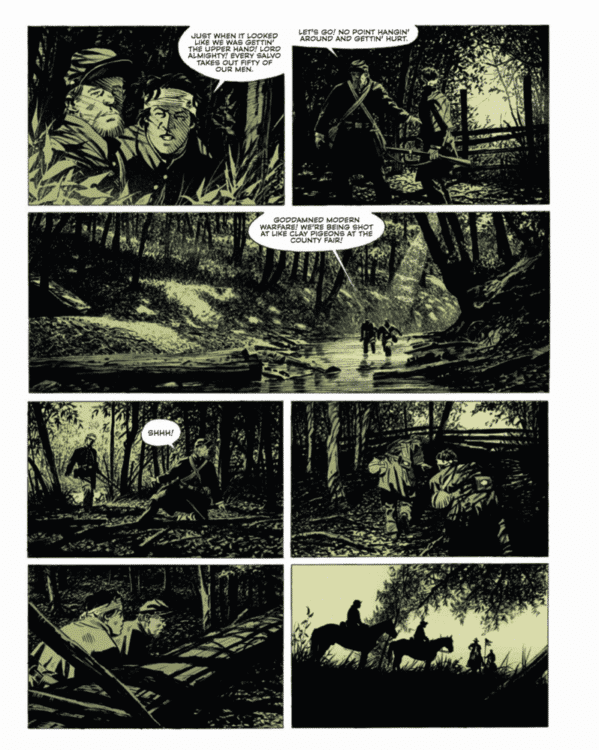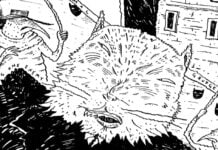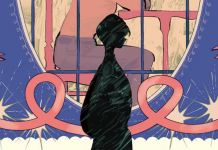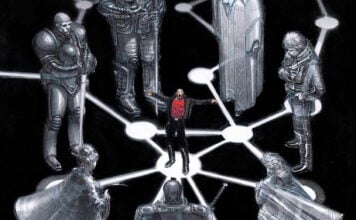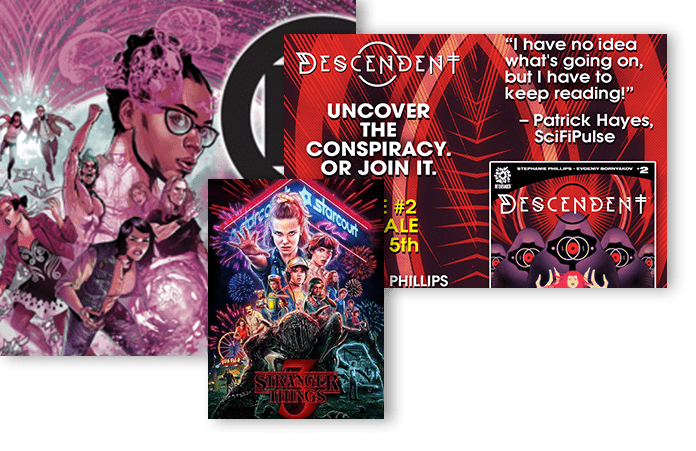 The Red Badge of Courage
The Red Badge of Courage
Based on the Novel By: Stephen Crane
Cartoonist: Steve Cuzor
Publisher: Abrams ComicArts
Publication Date: May 2025
Narratives of war possess a peculiar and lasting impact, particularly those that delve into uncertainty rather than celebrating triumph. These narratives often feature unsure heroes, indistinct enemies, and internal struggles as the central conflict. Stephen Crane’s 1895 novel, The Red Badge of Courage, long a staple in the high school classroom, exemplifies this type of story. Steve Cuzor’s new graphic novel adaptation enhances this quality, offering a direct and visually compelling exploration of fear, identity, and the essence of bravery in a fractured world.
French artist Cuzor reimagines Stephen Crane’s The Red Badge of Courage, offering a visceral exploration of Henry Fleming’s psychological turmoil during the Civil War. Through murky, intimate artwork depicting the harsh realities of war, this adaptation provides an uncomfortable yet profound experience beyond a simple reading. Of course, it helps that the source material was groundbreaking. Crane, born after the war, somehow was able to conjure an accurate vision of warfare; this interiority is what made The Red Badge of Courage so revolutionary.
Unlike other epic heroes–then or now–Crane didn’t offer clear lines between valor and cowardice. His protagonist is painfully ordinary. He flees the front. He lies. He wrestles with shame. And yet, the novel resists condemning him. It asks harder questions: What does courage look like when no one is watching? And what happens to a young man who isn’t sure who he is, much less what side he’s really on?
These are questions that resonate more forcefully today than ever. In a time defined by division—political, cultural, even moral—war narratives like this one reclaim their psychological power. They become mirrors. Henry’s struggle to define his identity within a collective cause feels uncomfortably familiar in a world where people are pressured to perform loyalty, where courage often gets confused with visibility, and where fear—of being wrong, of being excluded—shapes so much of how we move through society. When a reader follows Henry as he flees the battlefield and then lies about his wound, the shame is not just his; it’s ours too. We recognize it. We’ve felt it, though maybe in different uniforms.
Cuzor’s artwork deepens this emotional terrain through his use of monochromatic color washes that blur clarity rather than enhance it. He doesn’t rely on crisp contrasts or dramatic lighting; instead, he immerses scenes in tonal ambiguity—bruised cool tones—evoking not only the physical murk of the battlefield but the mental fog that descends during trauma. These washes drain the world of certainty. The absence of color variety doesn’t simplify. Rather, it destabilizes. And in doing so, Cuzor visually conveys the bewilderment of war, where allegiances blur and purpose fades; there are no heroic frames here.
From a psychological standpoint, what makes this adaptation so effective is how it externalizes inner conflict. Henry’s fear is not abstract: it is ever-present. Readers can see the sweat on his brow, the way his shoulders curve inward, the thick smog that hides the enemy line. In this way, Cuzor turns Crane’s internal monologue into something tangible and communal. It’s no longer just Henry’s story—it’s the story of anyone who has doubted their strength, who has acted against their ideals and had to live with the weight of that choice. That is the core function of a war narrative in divided times: to take the private struggle for integrity and place it in the public square.
What Cuzor avoids, wisely, is any attempt to modernize the story in overt ways. He doesn’t update the language. He doesn’t add commentary, he just lets Crane’s voice remain, avoiding any overt politicization. The Civil War uniforms are present, but they’re not fetishized. The scenery could be Pennsylvania or anywhere. The result is a narrative that feels oddly outside of time, rooted in history, but vibrating with contemporary social relevance.
In an era where people are bombarded with curated identities, where public discourse demands certainty, and where moral ambiguity is often shouted down, the messy humanity of The Red Badge of Courage becomes a refuge. It reminds us that fear doesn’t make you weak. That running away doesn’t mean you can’t still return. And that redemption, if it comes, doesn’t arrive with applause, but with the quiet decision to keep going. Still, this is not an easy read, not in its original form, and certainly not in Cuzor’s retelling. There is little catharsis. Death lingers around every page. Even Henry’s eventual return to the fight feels hollow, more like surrender than triumph. But that’s what makes this adaptation honest. Crane never meant to give us a hero’s journey. He gave us a reckoning. And Cuzor, to his credit, does not flinch from this momentous task.
Cuzor’s rendition of The Red Badge of Courage serves as an authentic translation, transforming the narrative from prose into a visual format, bridging its nineteenth century roots to readers of today, evolving from personal to societal concerns. His interpretation uncovers Crane’s novel as a deeply human tale centered on the quest for self-affirmation amidst social turmoil, rendering it particularly significant for modern reflection.
The Red Badge of Courage is now available
Read more great reviews from The Beat!
